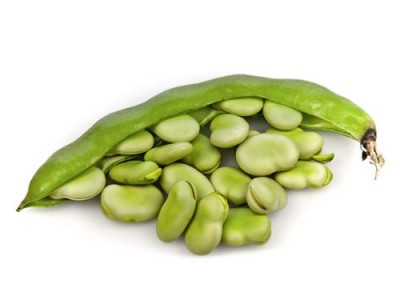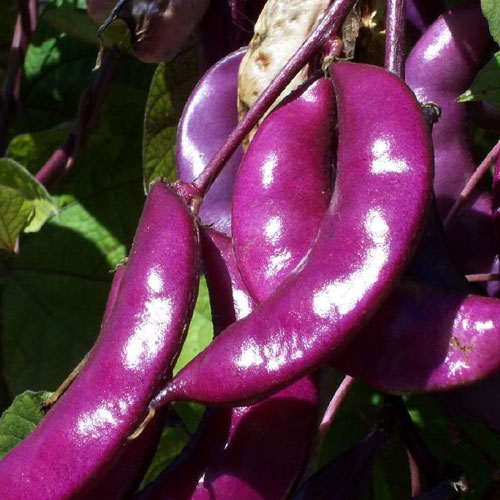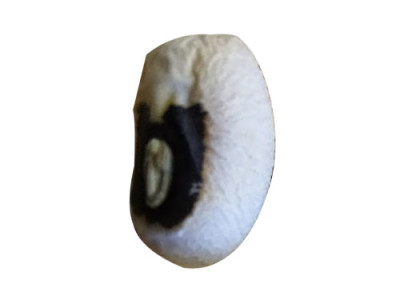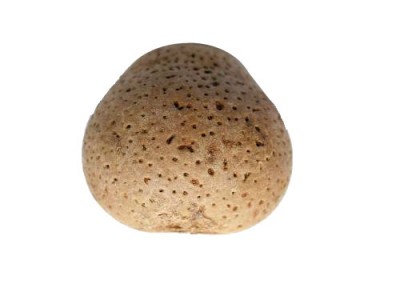

Hyacinth Bean Aspects And Its Medicinal Uses
Hyacinth Bean
Plants and Trees are also dependent on water and sunlight like human being. There are many plants and trees that live for hundreds of years and die at a very ripe age unlike human being who lives only for few decades on the planet. Plants do multitasking easily since they are extremely intelligent and versatile. This topic will deal with plant named Hyacinth Bean. The botanical name of this plant is lablab purpereus. This bean comes under the family Fabacea and other common names of this bean is dolichos bean, seim bean, lablab bean, Egyptian kidney bean, Indian bean, and Australia pea.
[tribulant_slideshow gallery_id="149"]
These ornamental plants grow wonderfully in wild and in cultivated lands. The leaves of these plants are made up of three pointed leaflets and grow up to 15 cm long. The flowers sprouts in two different colors namely white flowers and purple depending upon the area of cultivate. But the color will vary depending upon the soil and other climatic factors. This bean is very famous in India and most of the states use this bean in their Food items. Leaves can be eaten cooked, the flowers can be eaten raw, roots can be boiled or baked for food and the seeds are also used for human consumption. The other names of these beans are Tonga bean, papaya bean, poor man bean, bounavista pea and butter bean.
Medicinal Uses
-
- These beans have medicinal as well as poisonous substances.
- The patients suffering from rare blood disorders should not eat this bean since it may harm their organs.
- But in India it is used by millions of people lavishly in their foods.
Growth and cultivation
Hyacinths are a type of bulbous plant that produce fragrant, bell-shaped flowers. They are easy to grow and can be planted both indoors or outdoors.
When planting hyacinths outdoors, they should be planted in well-draining, slightly acidic soil that is rich in organic matter. Plant the bulbs in the fall, 4-6 inches deep and about 4-6 inches apart. Water them regularly to keep the soil moist, but not soggy. If you plan to plant your hyacinths indoors, use a potting soil specifically designed for flowering bulbs.
- Fertilize your hyacinths with a high-phosphorus fertilizer once a month during the growing season. This will help them to produce more flowers.
- To ensure your hyacinths bloom during the spring, make sure to plant them in an area that receives at least 6 hours of direct sunlight each day.
- Deadhead spent flowers and remove any weeds that may be competing with the hyacinths, as this will help your plants to look their best.
- Hyacinths are susceptible to certain pests and diseases, so be sure to check your plants regularly and treat any problems as soon as they




